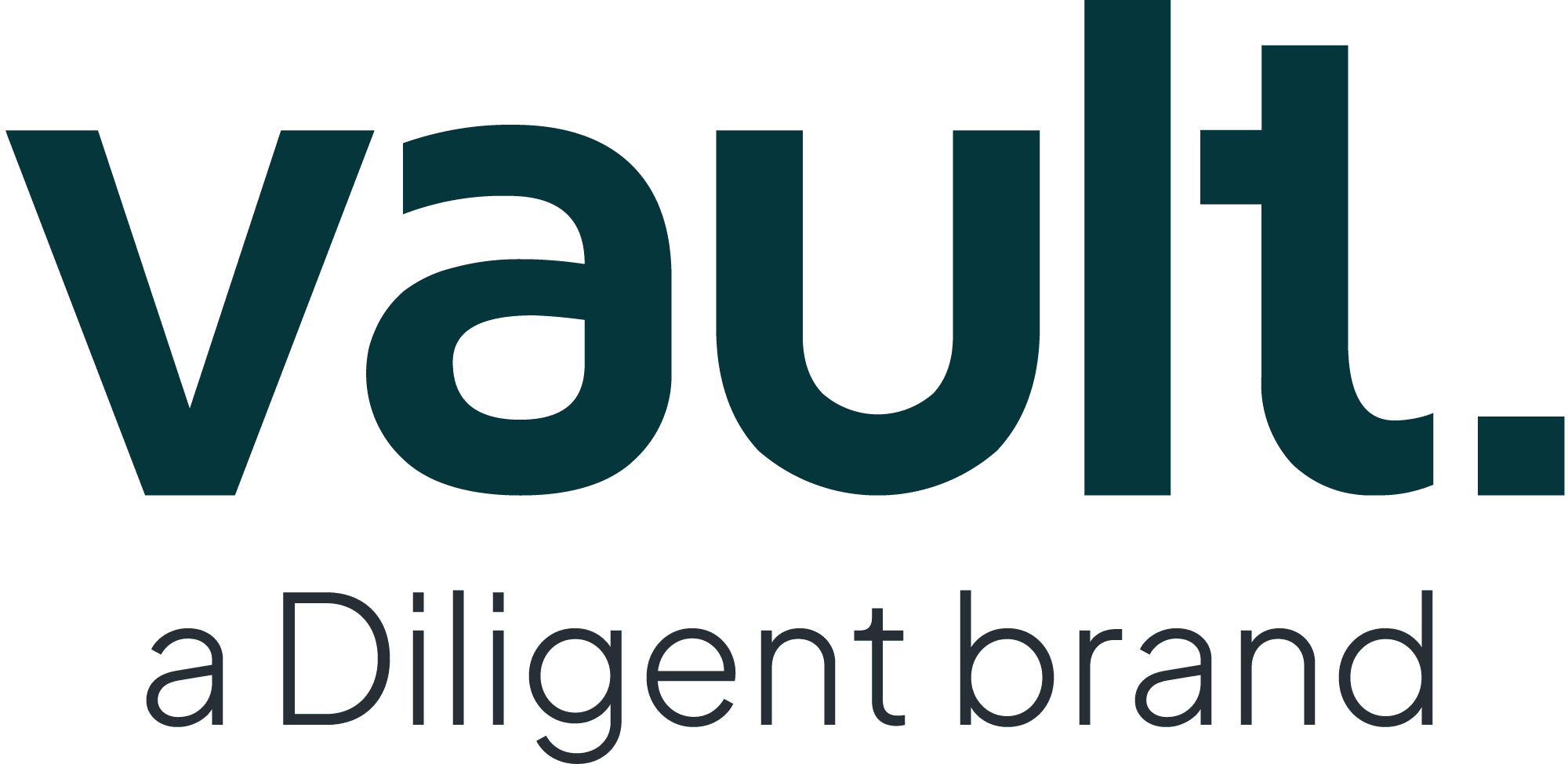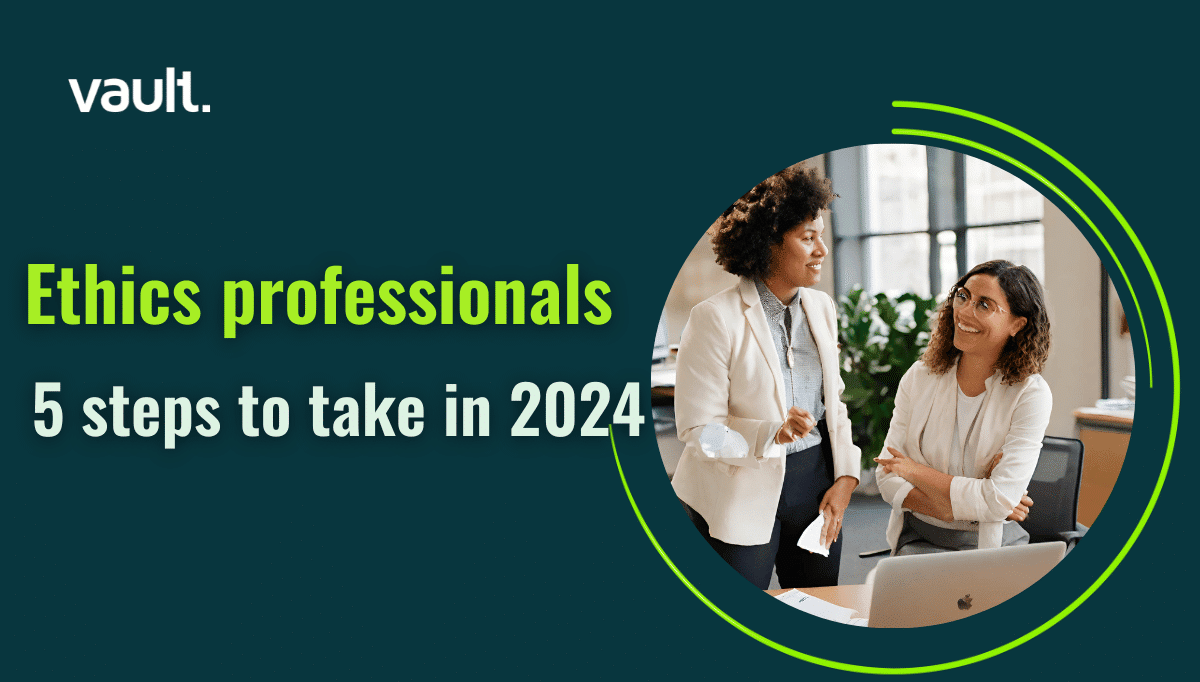Prepare for the incoming Code of Practice on sexual harassment and harassment at work
[/spb_text_block] [spb_image image=”4272″ image_size=”thumbnail” image_width=”120″ frame=”noframe” caption_pos=”below” remove_rounded=”yes” fullwidth=”no” overflow_mode=”none” link_target=”_self” lightbox=”no” intro_animation=”none” animation_delay=”200″ width=”1/4″ el_position=”first”]by Richard Miskella, Joint Managing Partner, Lewis Silkin
[/spb_image] [spb_image image=”4034″ image_size=”full” image_width=”300″ frame=”noframe” caption_pos=”below” remove_rounded=”yes” fullwidth=”no” overflow_mode=”none” link_target=”_self” lightbox=”no” intro_animation=”none” animation_delay=”200″ width=”1/4″ el_position=”last”][/spb_image] [spb_text_block animation=”fadeInUp” animation_delay=”0″ simplified_controls=”yes” custom_css_percentage=”no” padding_vertical=”0″ padding_horizontal=”0″ margin_vertical=”0″ custom_css=”margin-top: 0px;margin-bottom: 0px;” border_size=”0″ border_styling_global=”default” width=”1/1″ el_position=”first last”]In January 2020, right at the very beginning of the Covid-19 pandemic, the Equality and Human Rights Commission (EHRC) published guidance for employers on preventing and dealing with sexual harassment and harassment at work.
Employment tribunals can consider the EHRC’s guidance itself in harassment claims but, more importantly, it is expected to form the basis of a new statutory Code of Practice which will have greater legal force. A draft Code is now expected in 2021.
What are reasonable steps to prevent harassment?
The guidance makes many recommendations, but we consider the most significant ones are the following:
- Effective policies and procedures. The guidance sets out best practice for what anti-harassment policies should contain. This includes clear examples of harassment and commitments to deal with it, including harassment which takes place outside of the workplace (for example, on social media) or which is committed by clients or other external third parties. Policies should not overemphasise the possibility of malicious complaints. The guidance stresses that policies need to be made freely available to workers, not just those who can access internal IT systems. (One suggestion is that employers could publish their policies on an easily accessible part of their external-facing website.) Policies should also be reviewed annually, taking account of feedback and lessons learned.
- Central records. The guidance recommends that employers create a centralised record of all harassment complaints in a level of detail that allows trends to be analysed. This could involve capturing dates, business area, roles of complainant and harasser, the type of harassment complained of and the outcome and reason for it.
- Risk assessments. These are an important new feature of the guidance. It recommends that employers carry out an assessment of the harassment risks in their organisation, potentially by using risk-management frameworks traditionally used in the workplace health and safety context. Assessments should identify the risks and the measures in place to minimise them. Risk factors may include, for example: power imbalances; job insecurity; lone working; the presence of alcohol; customer-facing duties; events that raise tensions locally or nationally; lack of diversity in the workforce; and workers being placed on secondment. The guidance places special emphasis on power imbalances and the need to address them. Workplace risk assessments have taken on a whole new significance during the Covid-19 pandemic, and it will be interesting to see if this approach to harassment now becomes more commonplace.
- Proactive detection. In the context of research showing how harassment remains prevalent and often goes unreported, the guidance puts the onus on employers to find out what is happening. It suggests a range of methods for doing this, including carrying out regular staff feedback surveys and giving workers ample opportunities to raise issues. The issue of detection has become harder in companies where employees are working remotely.
- Training. Employers should train all workers in the different types of harassment and victimisation and ensure the training is refreshed at regular intervals.
- Guardians/champions. The guidance says that employers should make sure there are nominated, trained workers who can support a complainant through the process of making a complaint. These could be members of the HR team or may be nominated guardians or champions within the workforce (for an example, see the Old Vic’s Guardian’s programme).
- Reporting systems. The guidance says that employers should consider introducing a reporting system that allows individuals to make complaints on either a named or anonymous basis, and which makes clear what the employer may do with the information provided. Many employers historically offered access to third-party hotlines, but those sorts of solutions often prove ineffective because they fail to allow for two-way communication.
- Responding effectively. A good anti-harassment procedure should tell workers how to make a complaint and define multiple channels for reporting, ensuring that workers are not required to report an incident to the perpetrator or someone they may not feel will be objective. Employers should offer a range of approaches to dealing with harassment, signpost sources of support and advice, and be clear that victimisation or retaliation against complainants will not be tolerated.
- Reporting outcomes. To be effective in encouraging those with complaints to come forward, the outcome of a formal complaint of harassment should be as transparent as possible. Wherever appropriate and possible, complainants should be told what action has been taken in response to their complaint.
How technology can turn compliance and culture into a strategic asset
[/spb_text_block] [spb_image image=”2189″ image_size=”thumbnail” image_width=”120″ frame=”noframe” caption_pos=”below” remove_rounded=”yes” fullwidth=”no” overflow_mode=”none” link_target=”_self” lightbox=”no” intro_animation=”none” animation_delay=”200″ width=”1/4″ el_position=”first last”]by Neta Meidav, co-founder and CEO, Vault Platform
[/spb_image] [spb_text_block animation=”fadeInUp” animation_delay=”0″ simplified_controls=”yes” custom_css_percentage=”no” padding_vertical=”0″ padding_horizontal=”0″ margin_vertical=”0″ custom_css=”margin-top: 0px;margin-bottom: 0px;” border_size=”0″ border_styling_global=”default” width=”1/1″ el_position=”first last”]Public revelations of workplace harassment are not unusual and it’s widely accepted that the reality is significantly worse than what is publicised. Almost half of all people who experience harassment at work don’t report it, citing a lack of appropriate, effective, and secure reporting procedures as a key barrier.
Vault Platform can ensure you meet the Code by:
- Enabling employees to securely report incidents of harassment in-name or anonymously through a highly accessible mobile app
- Creating a safe and confidential space for people within your entire business ecosystem to voice concerns internally instead of going to external channels like the press, social media, or regulators
- Introducing an enterprise-grade Resolution Hub for efficient case management, with innovative time-stamping, security, and two-way communication with anonymous reporters previously unavailable in legacy solutions
- Establishing a central case management system to keep records, investigate cases, and get a company-wide bird’s eye view on the reporting and resolution of harassment
This is a summary of the full paper jointly produced by Lewis Silkin and Vault Platform. To get a line-by-line review of the guidance and what to expect from the forthcoming Code, download the full paper using the form below.
[/spb_text_block] [spb_column col_animation=”slideInRight” col_animation_delay=”0″ col_bg_type=”cover” col_parallax_image_movement=”fixed” col_parallax_image_speed=”0.5″ col_padding=”0″ col_vertical_offset=”0″ col_horizontal_offset=”0″ col_custom_zindex=”0″ col_sm=”12″ simplified_controls=”yes” custom_css_percentage=”no” padding_vertical=”400″ padding_horizontal=”0″ margin_vertical=”0″ custom_css=”margin-top: 0px;margin-bottom: 0px;” border_styling_global=”default” width=”1/1″ el_position=”first last”] [spb_blank_spacer height=”30px” width=”1/1″ el_position=”first last”] [spb_text_block title=”Download the full paper as a PDF now” animation=”none” animation_delay=”0″ simplified_controls=”yes” custom_css_percentage=”no” padding_vertical=”0″ padding_horizontal=”0″ margin_vertical=”0″ custom_css=”margin-top: 0px;margin-bottom: 0px;” border_size=”0″ border_styling_global=”default” el_class=”centered” width=”1/1″ el_position=”first last”] [/spb_text_block] [spb_text_block animation=”none” animation_delay=”0″ simplified_controls=”yes” custom_css_percentage=”no” padding_vertical=”0″ padding_horizontal=”0″ margin_vertical=”0″ custom_css=”margin-top: 0px;margin-bottom: 0px;” border_size=”0″ border_styling_global=”default” width=”1/2″ el_position=”first”] [/spb_text_block] [spb_image image=”3941″ image_size=”full” frame=”noframe” caption_pos=”hover” remove_rounded=”yes” fullwidth=”no” overflow_mode=”none” link_target=”_self” lightbox=”no” intro_animation=”none” animation_delay=”200″ width=”1/2″ el_position=”last”][/spb_image] [/spb_column] [/spb_row]




